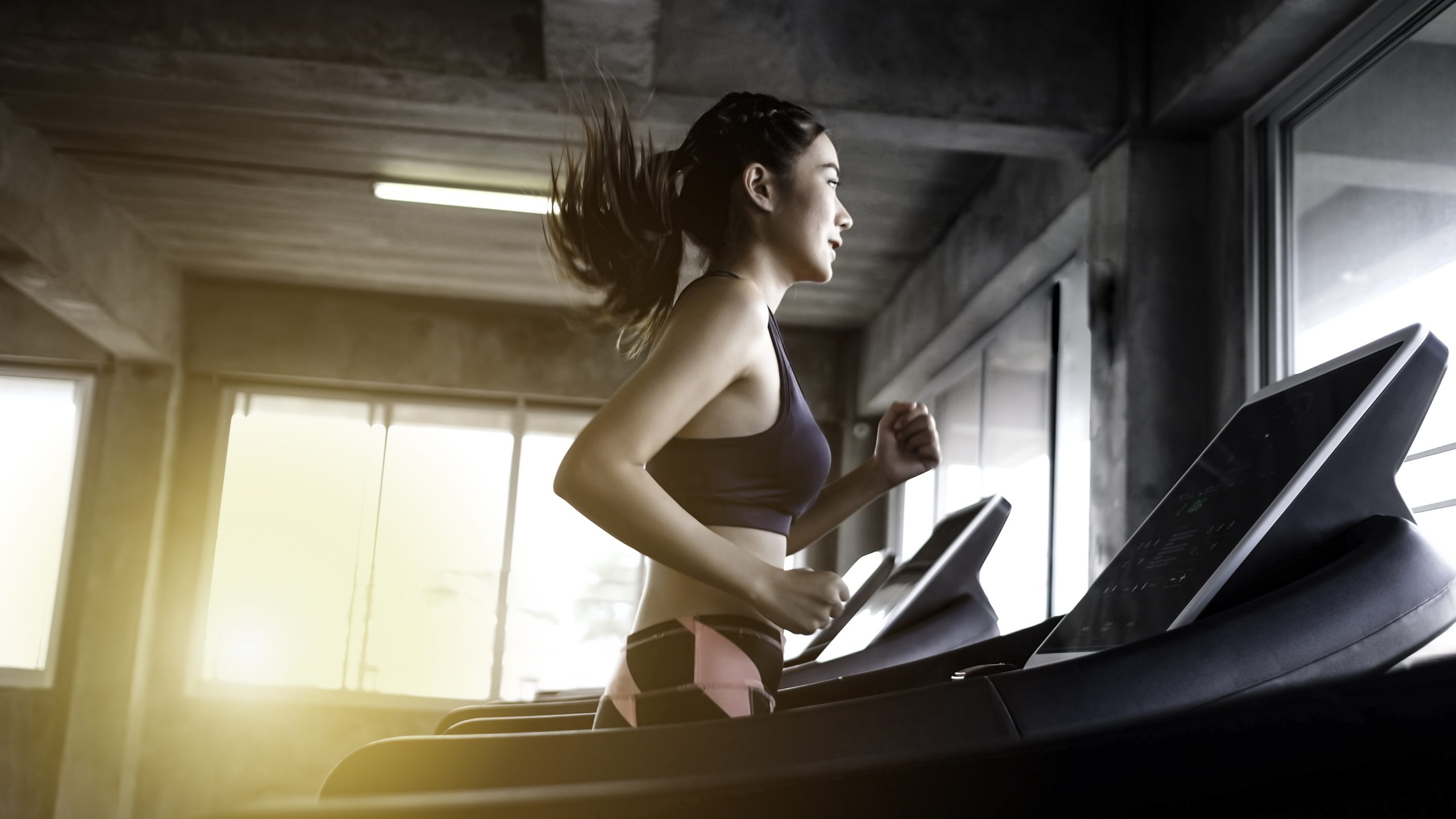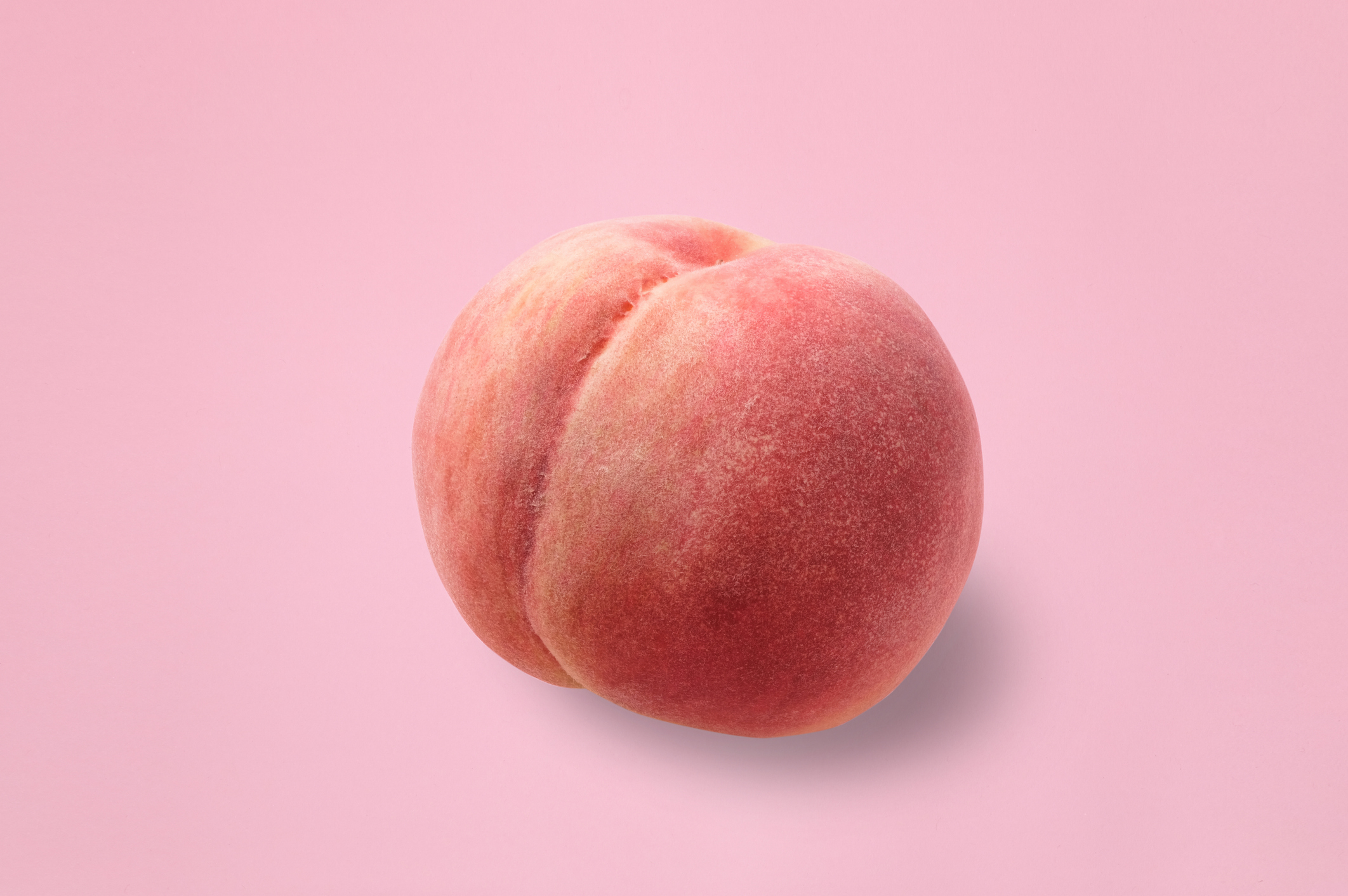How to Exercise During Your Period and Each Stage of Your Menstrual Cycle
Do you consider your period to be bothersome or inconvenient? What if you could use each phase of your cycle to your advantage? Women’s health expert (exercise physiologist and nutrition scientist), Dr Steph Sim, suggests if you track and understand your cycle it can be your period power.
This week’s blog covers:
- The four phases of a menstrual cycle
- How hormones, estrogen and progesterone, affect your body
- Ideas for optimising training at each phase
There are four phases of your cycle: menstrual, follicular, ovulation and luteal. Each one is hormonally distinct and affects your body in various ways. For example, hormones can affect your perception of work. This can explain why suddenly, that GRIT session seems much harder than it usually does. Hormones can also impact the time taken to recover from stress*.
How Estrogen and Progesterone Affects Your Body
Estrogen receptors exist throughout the body, so beyond being a sex hormone – it has a wide range of effects. Estrogen effects include:
- Increasing the anabolic response (muscle growth) to exercise. Thereby facilitating muscle growth and development following a training session.
- Increased relaxation of ligaments and tendons – resulting in an increased risk of injury
- Estrogen affects mood through interactions with neurotransmitters – making us more prone to anxiety, depression and self-doubt.
- Estrogen releases more free fatty acids so your body relies more on fat – making it harder to rise to higher intensities of training because of the limited availability of carbohydrates.
Progesterone has a wide range of effects on the body – including:
- Raising core body temperature
- Interrupting sleep due to fluctuating levels
- Creating pre-menstrual syndrome (PMS) symptoms of breast tenderness, fluid retention and abdominal cramping.
- As each person’s cycle is unique, below is a guide and gives indicative days only. It is important to remember that there is no one ‘normal’ menstrual cycle as they vary between 25-40 days long.
Menstrual Phases and Exercise Training Ideas
Menstruating: This phase starts on Day 1 of your cycle.
Your uterine walls begin to shed and you start to bleed. Bleeding can last anywhere up to 10 days. Don’t worry if it is longer or shorter than your friends, only take note if it suddenly lengthens out or shortens from what you usually experience. Surprisingly, physiologically speaking, this is GO time in regards to your training.
As hormones are at their lowest, your body’s ability to handle and recover from stress is at its highest. This is the time you can increase the intensity and tempo. In saying this, as estrogen levels are peaking, so is your risk of injury as ligaments are most relaxed. If you experience heavy bleeding (aka menorrhagia), you may feel fatigued and painful cramping – in that case, listen to your body and do what feels good.
Training ideas: HIIT, weight train and sprints
Follicular phase: This phase overlaps with the menstrual phase and extends to the time just before ovulation.
In this phase, your estrogen levels rise while progesterone levels remain low at base level. This transitional period is a good time for mobility and core training – pilates and yoga would suit well here. Research has suggested that muscle strength is higher during this phase than the luteal phase – try to increase your weights or go for a personal best.
Training Ideas: running, circuit training, pilates, yoga, weight training
Ovulation: Lasting 24-36 hours, ovulation is the release of the egg from the ovary.
The day before this happens, estrogen is sky-high. Often this comes with a feeling of flatness; moods are low and perception of work is harder than usual. Listen to your body and use this as your rest period – if you have the energy, scale up.
Training ideas: walking and jogging, low-intensity weights, pilates
Luteal Phase: Post-ovulation and before your period comes is called the luteal phase.
While both estrogen and progesterone levels rise, progesterone dominates. Many people experience PMS symptoms like bloating, cravings, lethargy and cramping. Take time to recover from each training session and opt for low-moderate activities. Due to the increase in progesterone, your core body temperature rises; as a result, you may feel especially flushed, hot and even drowsy. Consequently, exercise may feel harder than it usually would.
Training ideas: walks, low-intensity elliptical cardio, yin yoga, mobility-focused pilates
Personalising your Training According to your Cycle
After reading that, you may think ‘I usually feel quite good after I ovulate… Is there something wrong?’. Because of the beauty of Mother Nature, each person is unique and responds to hormones distinctly. You may feel better or worse during different parts of your cycle. To take into account your unique character, we recommend creating a journal/diary and recording how you’re feeling during each stage of your cycle. From there, you can look for patterns and be prepared to train accordingly.
Disclaimer
*When we say stress, we mean the good type. The normal, usual stress that your body is put under when it is performing – whether it is through lifting weights, a pilates class, running, swimming or interval training.
This website does not provide medical advice.
The information, including but not limited to, text, graphics, images and other material contained on this website are for informational purposes only. No material on this site is intended to be a substitute for professional medical advice, diagnosis or treatment. Always seek the advice of your physician or another qualified healthcare provider with any questions you may have regarding a medical condition or treatment before undertaking a new health care regimen, and never disregard professional medical advice or delay in seeking it because of something you have read on this website.







